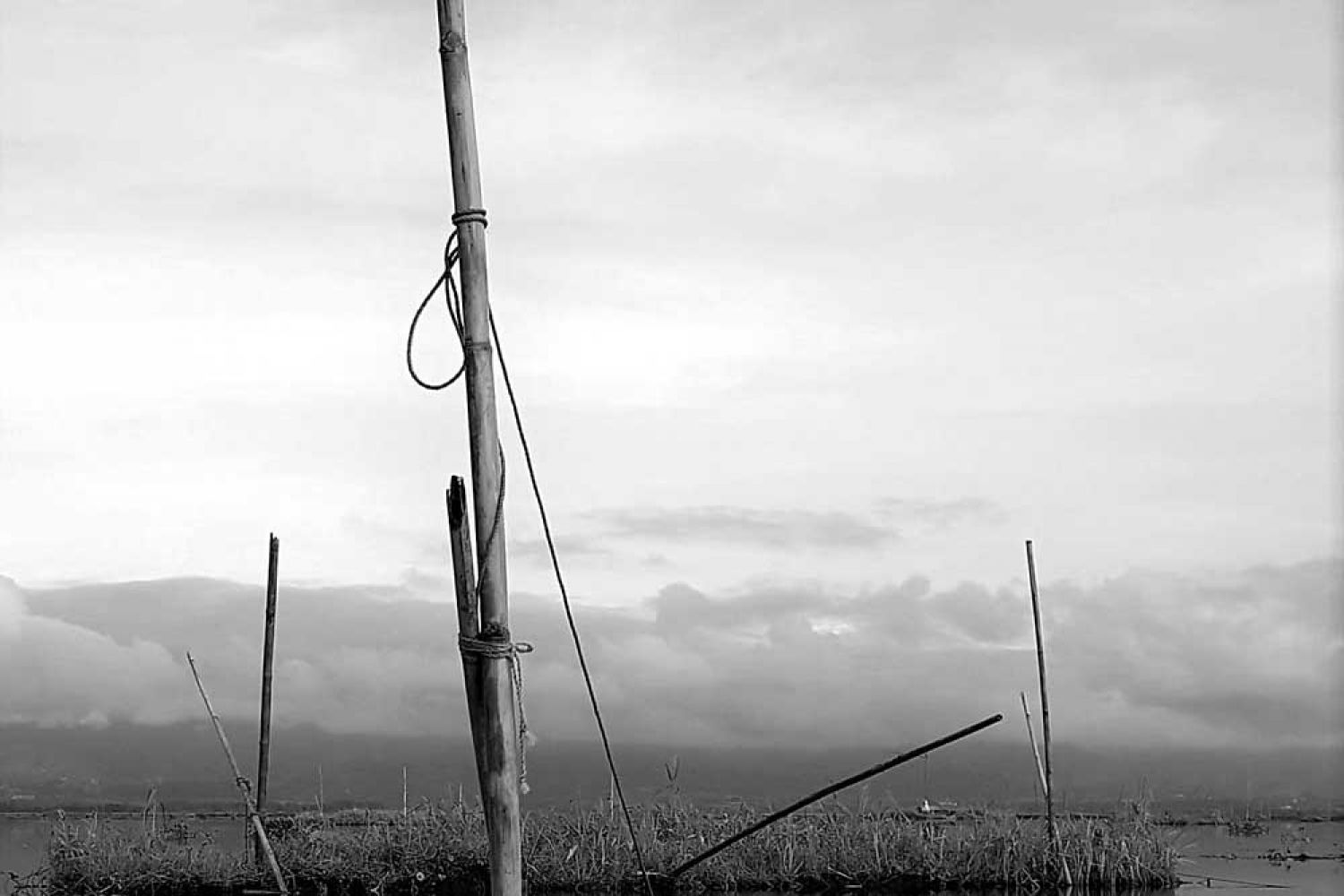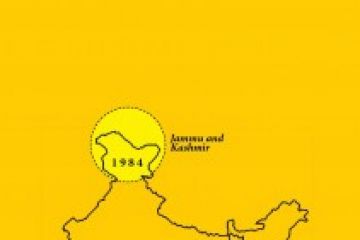
"Life is dull and predictable on land,” says Mohan Singh with
a smile. The 75-year-old fisherman spoke to me when I was at his home in Thanga
(one of the islands on Loktak lake), his hands engaged with the cane he was
braiding for the mat. Mohan Singh is part of the fisher community that shares a
deep relation with Manipur’s Loktak lake. The community finds it increasingly
difficult to live on the phumshang, a hut built over a floating landmass,
as the state government made it illegal t





